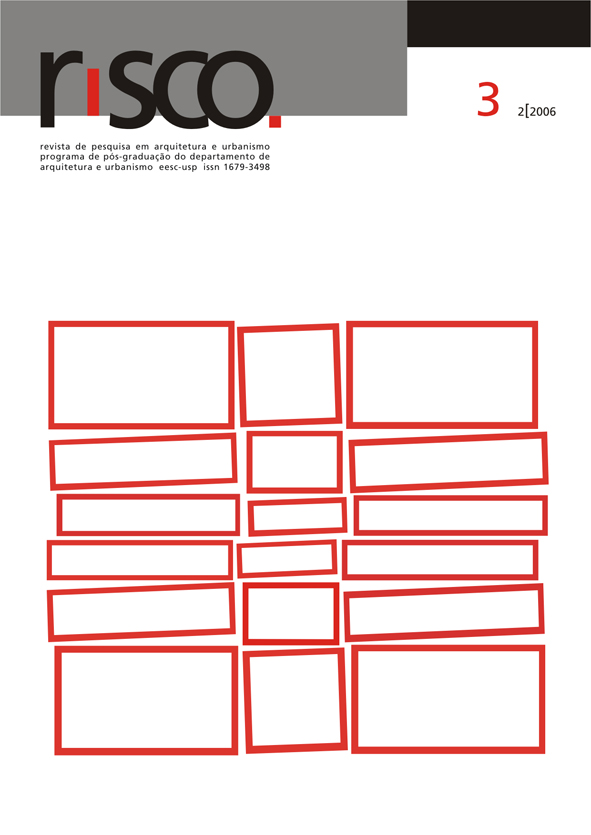A transgressão do "popular" na década de 60: os Parangolés e a Tropicália de Hélio Oiticica
DOI:
https://doi.org/10.11606/issn.1984-4506.v0i3p86-103Keywords:
Hélio Oiticica, folk culture, Brazilian art, national identityAbstract
The essay studies the relationship of the artist Hélio Oiticica with "folk" aspects of Brazilian culture in the years between 1964 and 1968, as expressed in some of his texts and art works. Often despised as archaic or idealized as folklore, the images of "people" in Brazil have always been made by the sight of dominant "official" culture. Linked to the sixties' politic-cultural context, Oiticica's "anti-art" was one of the artistic manifestations that stood against the simultaneous idealization and exclusion of the folk culture, rather searching to understand and assimilate its creative and subversive potential. Passing through both social and artistic establishment, that attitude would oppose to populist bias and images of Brazil.Downloads
Downloads
Published
Issue
Section
License
Autores que publicam nesta revista concordam com os seguintes termos:
a. Autores mantém os direitos autorais e concedem à revista o direito de primeira publicação, com o trabalho simultaneamente licenciado sob a Licença Creative Commons Attribution BY-NC-SA que permite o compartilhamento do trabalho com reconhecimento da autoria e publicação inicial nesta revista.
b. Autores têm autorização para assumir contratos adicionais separadamente, para distribuição não-exclusiva da versão do trabalho publicada nesta revista (ex.: publicar em repositório institucional ou como capítulo de livro), com reconhecimento de autoria e publicação inicial nesta revista.
c. Autores têm permissão e são estimulados a publicar e distribuir seu trabalho online (ex.: em repositórios institucionais ou na sua página pessoal) a qualquer ponto antes ou durante o processo editorial, já que isso pode gerar alterações produtivas, bem como aumentar o impacto e a citação do trabalho publicado (Veja O Efeito do Acesso Livre).

















